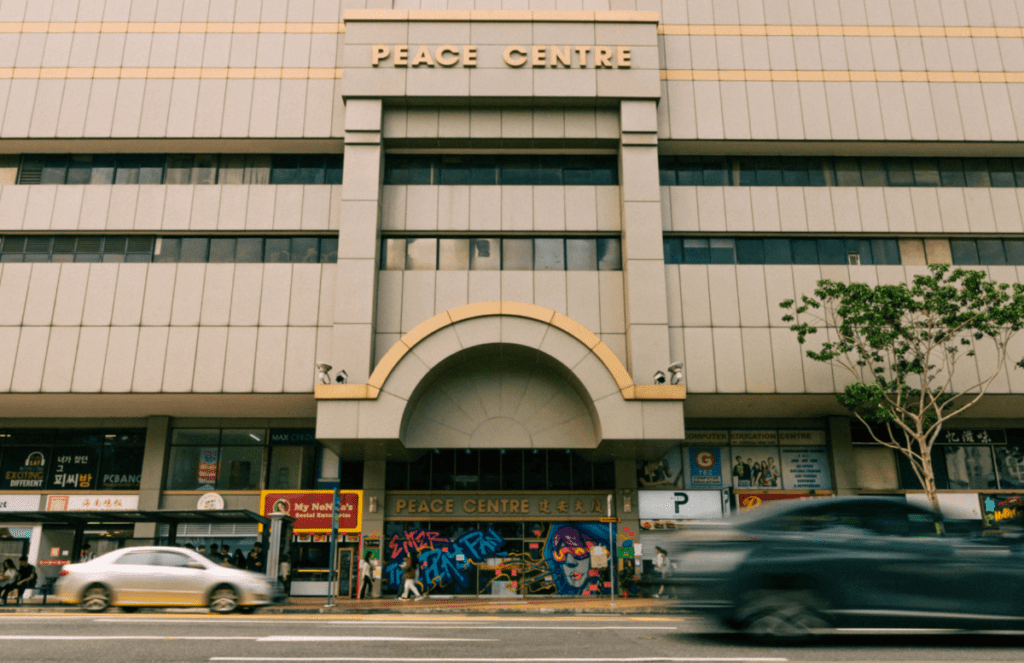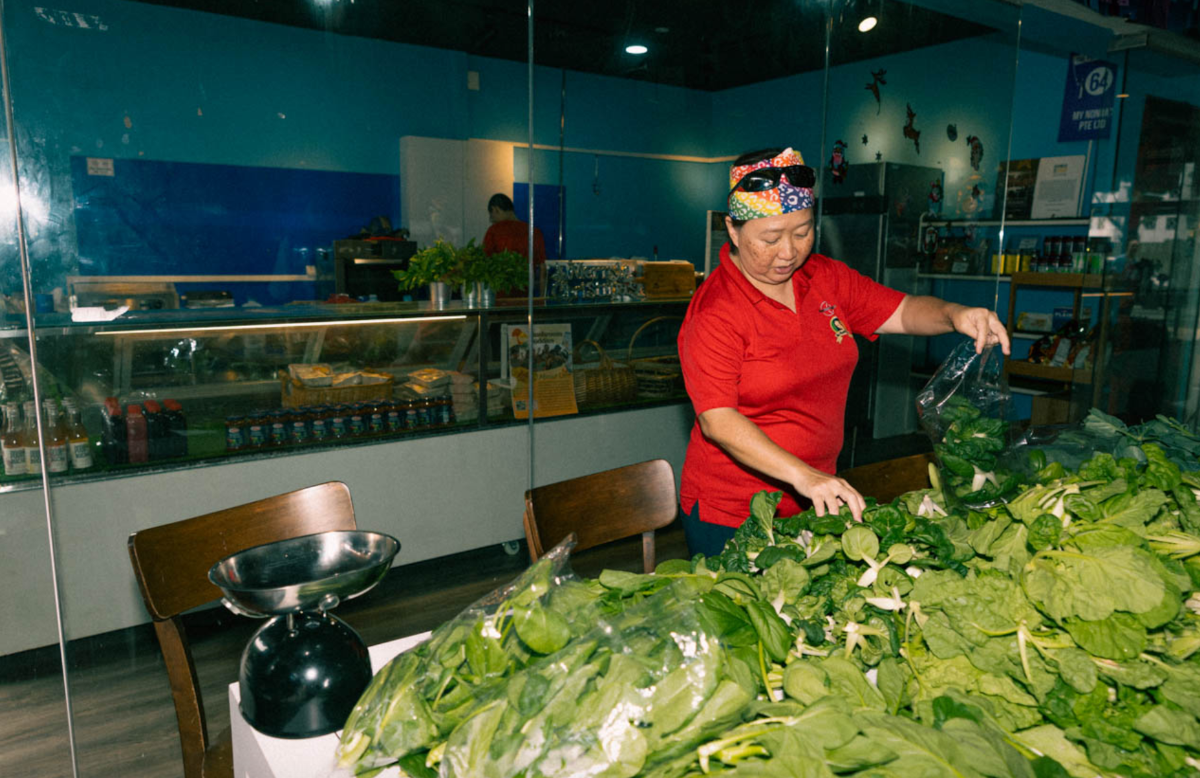In the annals of Singapore’s commercial history, Peace Centre stands as a relic of the past—a once-vibrant mall that had fallen into disrepair and disrepute. However, its recent resurgence under the aegis of PlayPan, a community and social engagement movement, has transformed this erstwhile “doomed” mall into an unexpected beacon of hope and rejuvenation. This remarkable revival is a testament to the power of vision and collective goodwill.3
Established in 1974 as one of Singapore’s pioneering shopping malls, Peace Centre was a symbol of post-colonial prosperity. Standing at 33 storeys, it loomed over the cityscape and even housed the nation’s largest bowling center at the time. However, as newer malls like Raffles City and Marina Square emerged, Peace Centre lost its luster. A lack of centralized ownership and the proliferation of KTV lounges in the mid-2000s further tarnished its reputation.
Fast forward to 2021 when Peace Centre changed hands in a $650 million en bloc sale. Its fate seemed sealed, destined for demolition in 2023. Yet, it was precisely this impending demise that attracted the attention of visionaries Yvonne Siow and Gary Hong, founders of PlayPan. Their audacious proposal to transform the mall into a hub for creatives, artists, small businesses, and social enterprises was met with the support of Michael Ng, the regional executive director for CEL Development, the company that acquired the mall.
PlayPan breathed new life into Peace Centre, offering an eclectic mix of tenants, from locally sourced produce stalls to thrift shops and street art workshops. Most tenants enjoy subsidized rent, with non-governmental organizations and schools paying nothing at all. The common thread among these diverse occupants is their commitment to doing good for society, whether through art, social entrepreneurship, or community initiatives.
The most striking transformation within Peace Centre is its metamorphosis into an open canvas for street artists. Mural art now adorns the mall’s walls, thanks to the talents of artists like Fanny Ozda, Jon Chan, and the DPLMT art collective. Unlike designated art spaces, this unbridled creativity has given rise to a unique and vibrant atmosphere.
The sense of community within Peace Centre is palpable. Tenants freely share ideas and collaborate, fostering an environment where innovation thrives. From escape room experiences to wine tastings, the space has become a hotbed of experimentation and creativity. This renaissance has even garnered the attention of Central Singapore District Mayor Denise Phua, who dubbed PlayPan the “best-kept secret” at Peace Centre.
While sustaining such a venture poses financial challenges, PlayPan’s success underscores the value of autonomy and free rein within a communal space. In an era where traditional malls struggle to retain relevance, Peace Centre’s resurgence serves as a beacon of hope for repurposing abandoned spaces into vibrant hubs of creativity and social engagement.
As Peace Centre’s inevitable closure date looms, the genuine respect and community spirit cultivated by PlayPan’s contributors are what will be missed most. This endeavor proves that giving people the freedom to shape their environment can create spaces that are undeniably cool and inspiring. In a landscape dominated by cookie-cutter malls, perhaps this revival offers a glimpse of what the future of abandoned spaces could be.
In conclusion, Peace Centre’s revival under PlayPan represents a remarkable resurgence of urban heritage, highlighting the potential of repurposing abandoned spaces to foster creativity and community engagement. This unlikely success story stands as a testament to the power of vision and collaboration in breathing new life into forgotten landmarks

